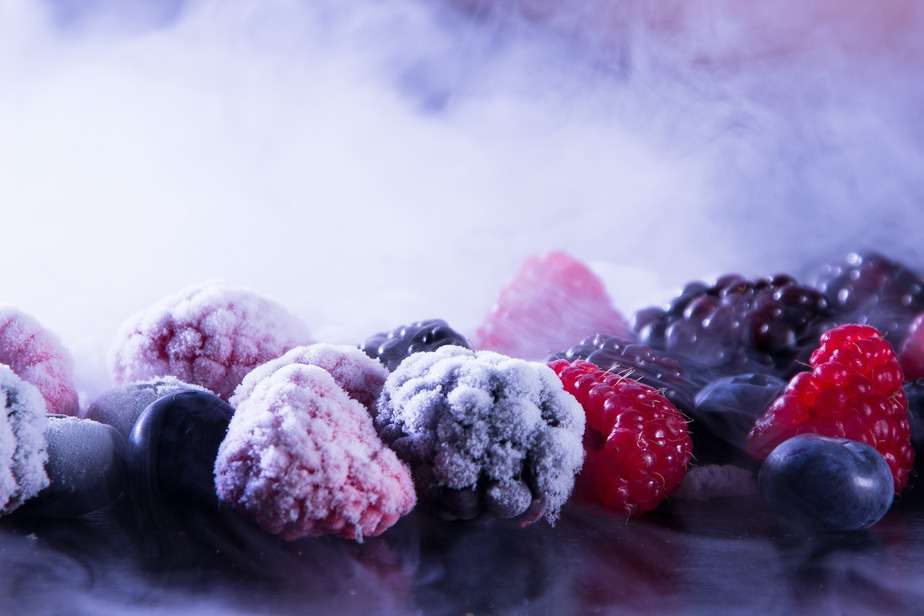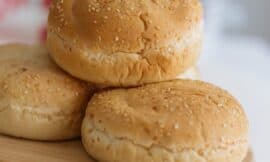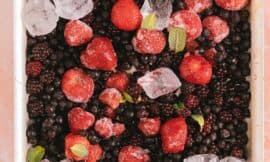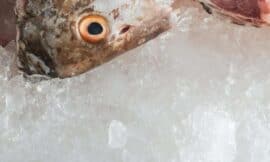Dive into the Frozen Food Manufacturing Process, where we explore how quality meals go from fresh ingredients to your freezer. Learn about modern freezing techniques, from pre-treatment and flash freezing to packaging, ensuring safety and preserving taste. Ideal for understanding this vital industry’s role in providing convenient, nutritious options.
Key Takeaways:
- The frozen food manufacturing process is essential for preserving food and extending its shelf life without preservatives.
- Key steps include sourcing, inspecting, sorting, washing, blanching, cooling, freezing, quality inspection, and packaging.
- Frozen foods are stored at -18°C to maintain quality and prevent spoilage.
- Home preparation of frozen foods differs from industrial manufacturing, focusing more on storage and defrosting techniques.
Frozen Food Manufacturing Process – Step by Step
Frozen food has become a daily staple, offering ease and variety for meals. Its manufacturing process ensures longevity and safety, involving several critical steps. Fresh ingredients are sourced, inspected for quality, sorted, and then processed. Blanching and cooling stages preserve color and texture while inhibiting bacterial growth.
The freezing stage is crucial, where food is quickly frozen to -18°C, creating a product that’s safe and easy to cook. This process eliminates the need for preservatives, as low temperatures halt bacterial growth. The final steps involve rigorous quality checks and careful packaging, ensuring the product maintains its standards until it reaches consumers.
Understanding the difference between frozen food manufacturing and cold storage is important; the former involves the actual processing and freezing of food, while the latter refers to storing the frozen products. This distinction highlights the specialized nature of the frozen food industry.
For consumers, frozen foods offer practical benefits. They’re easy to store and prepare, but require careful handling to maintain quality. Tips for using frozen foods include proper defrosting techniques, using protective gloves, and promptly storing the food in home freezers to prevent spoilage.
The intricacies of the frozen food manufacturing process demonstrate its importance in providing convenient, safe, and diverse meal options. For more insights and tips on frozen foods, including defrosting methods, visit our website.

In fact, I personally make several frozen food recipes for lunch or dinner. Frozen foods also provide a lot of dinner or lunch options to cook.
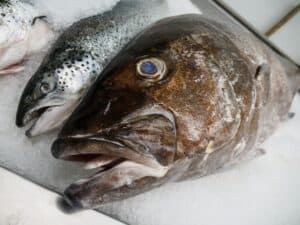
Check out our indepth article on how to defrost bread the right way and how to defrost chicken..
Here are some of the best ways to defrost frozen foods and and how to defrost fish.


